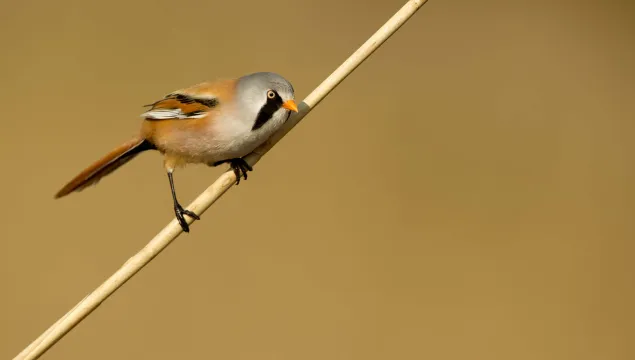
Bearded tit
The bearded tit is an unmistakable cinnamon-coloured bird of reedbeds in the south, east and north-west of England. Males actually sport a black 'moustache', rather than a beard!

The bearded tit is an unmistakable cinnamon-coloured bird of reedbeds in the south, east and north-west of England. Males actually sport a black 'moustache', rather than a beard!
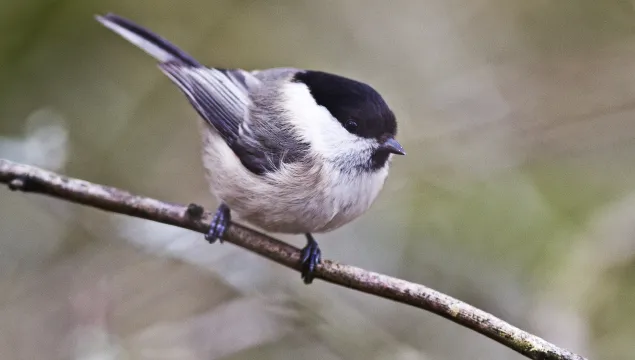
The willow tit lives in wet woodland and willow carr in England, Wales and southern Scotland. It is very similar to the marsh tit, but has a distinctive pale panel on its wings.
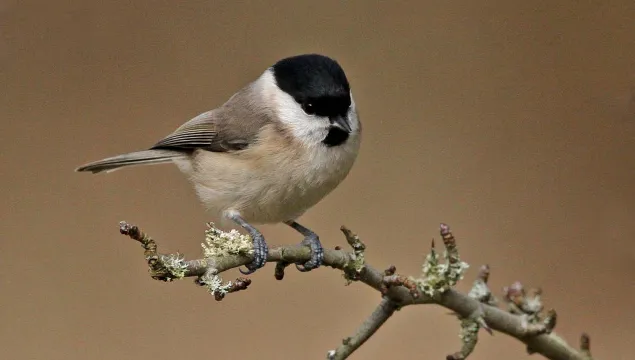
Despite its name, the marsh tit actually lives in woodland and parks in England and Wales. It is very similar to the willow tit, but has a glossier black cap and a 'pitchoo' call that sounds like a sneeze!
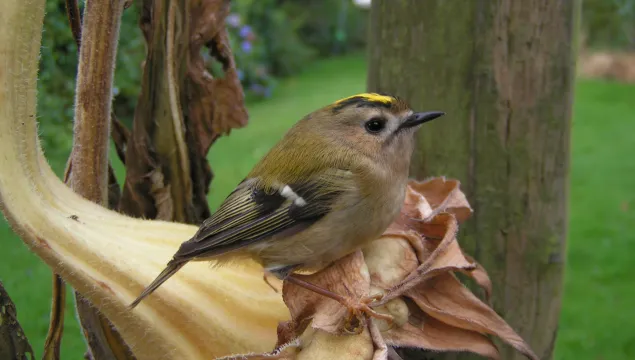
A king among birds, the goldcrest displays a beautiful golden crown. Our smallest bird, it can be spotted in conifer woodlands and parks across the UK.
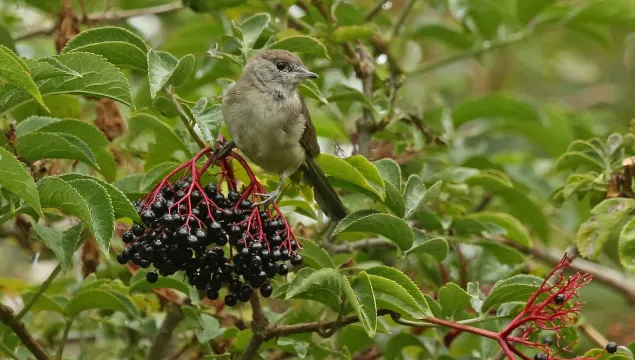
As the name suggests, the male blackcap has a black cap, while the female has a gingery one. Look for this distinctive warbler in woodland, parks and gardens.
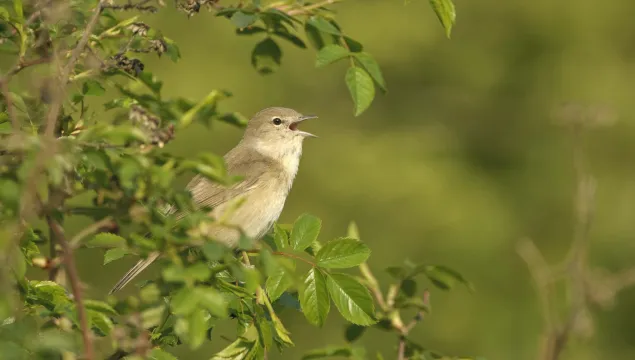
A plain-looking warbler, the garden warbler is a summer visitor to the UK. It is a shy bird and is most likely to be heard, rather than seen, in woodland and scrub habitats.
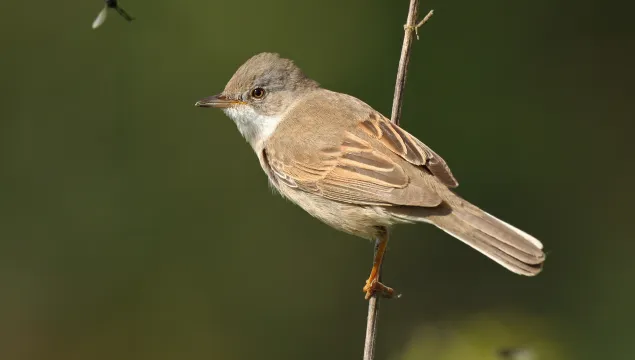
The male whitethroat does, indeed, have a white throat! Arriving from Sub-Saharan Africa in April, it can be spotted on grassland and scrub, and along hedgerows. It is bigger than the lesser whitethroat.
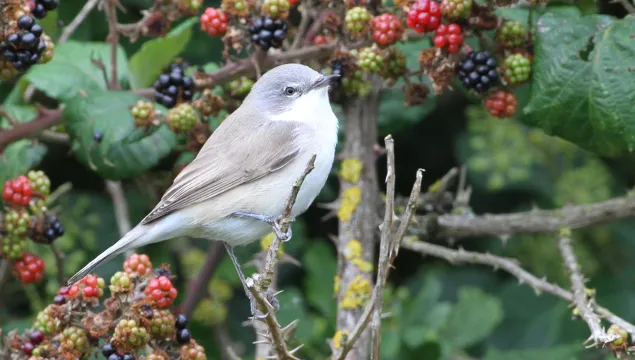
The lesser whitethroat is smaller than its cousin, the whitethroat, and sports dark cheek feathers that give it a 'mask'. Most likely to be heard around woodland and scrub, rather than seen.
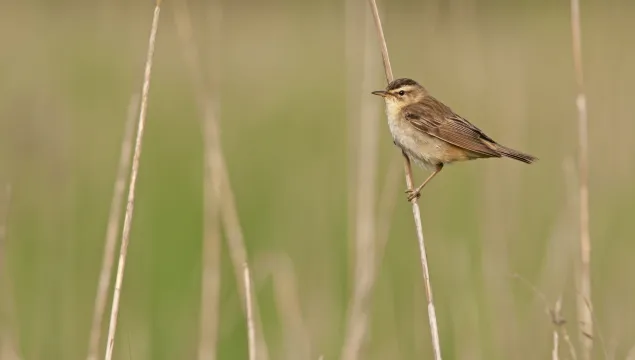
In summer, the sedge warbler can be spotted singing from a reed or willow perch in wetlands across the UK. Males never sing the same song twice, adding new phrases to impress the females.
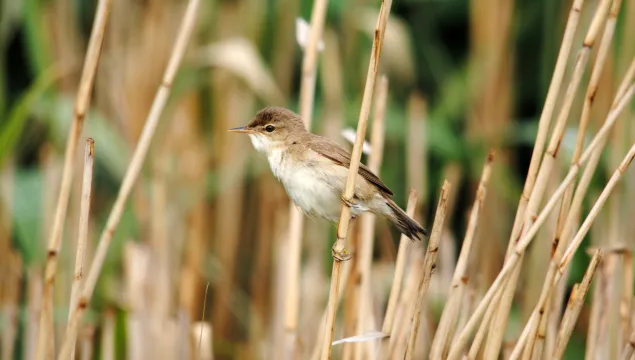
Listen out for the 'chattering' song of the reed warbler, while wandering the UK's lowland wetlands in summer. A small, brown bird, they are quite hard to see.
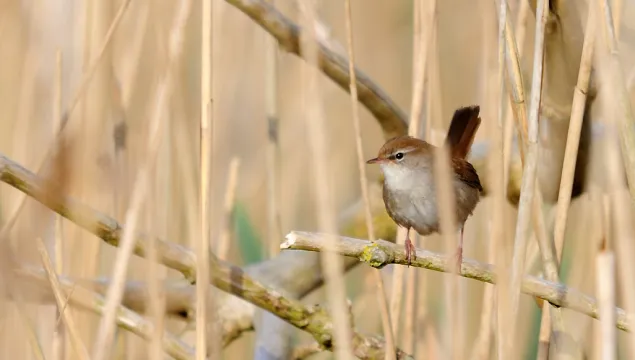
A dark, stocky warbler, the Cetti's warbler is most likely to be heard, rather than seen - listen out for its bubbling song among willow, marsh and nettles.
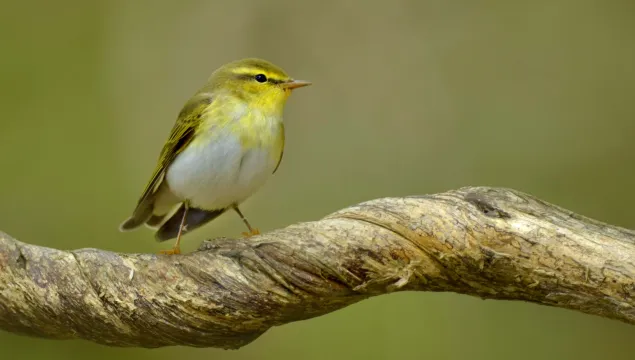
Look for the wood warbler singing from the canopy of oak woodlands in the north and west of the UK. Green above, it has a distinctive, bright yellow chest and eyestripe.